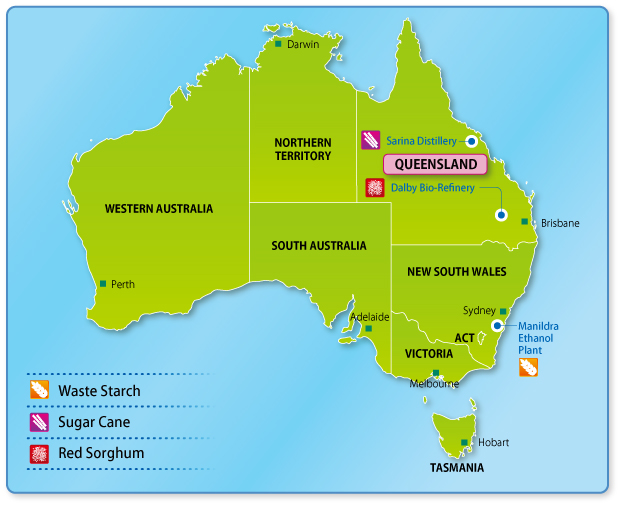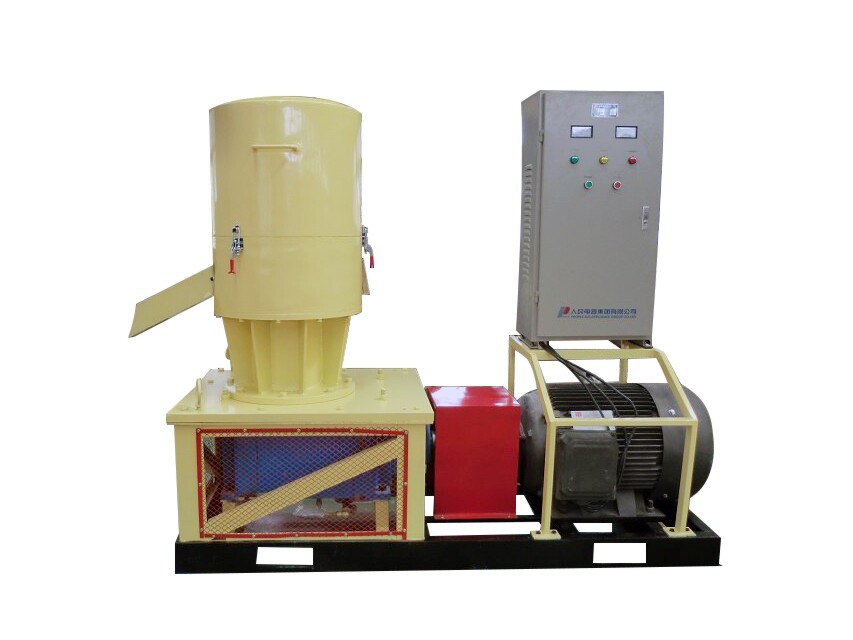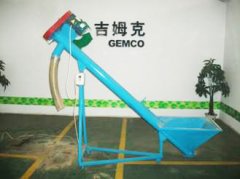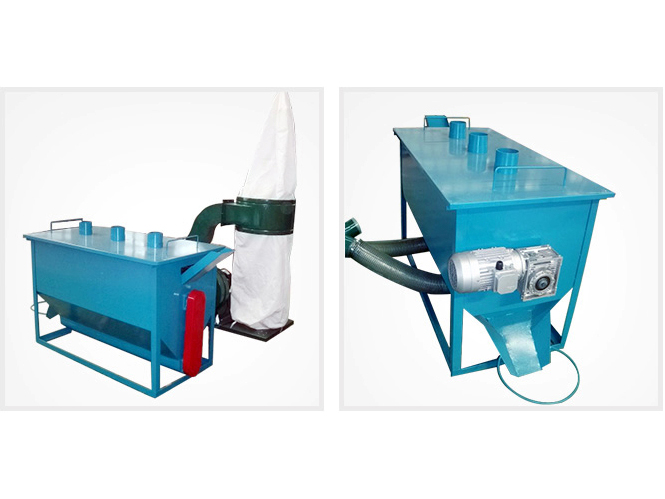
The Way of Producing Biomass Energy in Australia
Biomass Energy in Australia NowNowadays, biomass, usually as wood, supplied the bulk of the cooking, heating, fuel for industrial woodgas and steam engines and a significant fraction of steam train fuel through Australia up until the First World War. The use of charcoal as the feedstock for charcoal gasifiers to power cars, trucks, buses and tractors during World War Two saw a temporary return of the importance of biomass in transport. But biomass as an energy source declined from 1945 through the 1960s as the electricity supply grid expanded, and as motor vehicles and tractors became more affordable.

Now in Australia, the interest in biomass-to-energy (including biomass to electricity) is seeing a resurgence at the business and local government level, despite the lack of federal and state government recognition or support for its potential. In 2009 there were 143 biomass-to-energy plants in Australia with generating capacity of about 900 MW of electricity. In Victoria electricity from biomass was about equal to that from wind and hydro in 2008. In Queensland electricity from biomass was equal to that from hydro in 2008. Heat energy produced from biomass in these and other states is obviously a far greater figure, and overall energy (heat, electricity and transport fuels combined) from biomass is likely to significantly exceed energy from the other renewables combined.
Now biomass energy is found being produced mainly using the following technologies:
1. Turn putrescible waste into biogas.
2. Turn flammable agricultural, timber processing and commercial wastes into heat, or heat and electricity.1. Turn putrescible waste into biogas.
Increasingly, larger sewage treatment plants generate biogas by anaerobically fermenting sewage. Intensively housed animals (pigs and chickens) or larger dairy enterprises are seeing that this approach can reduce both effluent management costs and energy costs.
Similarly, food processing businesses that generate large volumes of 'wet' or putrescible waste are using anaerobic fermentation to produce biogas to fuel motors connected to generators to produce green electricity and processing heat.
Most larger landfills are now capped and the extracted landfill gas is used to drive gas motor/generators. This is regarded in the EU as a highly inefficient process compared to putting wet wastes into anaerobic digestors and using dry wastes as fuels for producing heating only, or for combined heat and power plants.
Increasingly the disposal of wastes of industry incur a significant disposal cost, and when the waste or low value by-product can serve as a fuel the process heat and/or green electricity can provide a cost-effective option. The main examples are in the sugar industry using the large volumes of crushed cane (bagasse), in the sawmilling industry using residues to provide steam for drying kilns, and in the pulp and paper industry. Increasingly, new plants are appearing in the food processing industry using material like potato peelings, coffee grounds, olive pits or fruit stones to produce energy.
3. Turn plantation harvest residues into pellets.
Australia is going from having only two relatively tiny pellet production businesses to having one of the world’s largest pellet production businesses with a series of industrial pellet plants across southern Australia. By the end of 2012 one industrial corporation aims to convert 2 million tonnes annually of plantation harvest waste into 1.6 million tonnes of industrial grade pellets for export mainly to the EU and Asia.
4. Turn plantation residues and native forest harvest waste into heat and/or electricity.
A number of proposed plants to utilise plantation residues and energy wood crops are on hold due to the GFC. Other smaller plants utilising plantation residues for process heat or for small scale electricity production are either being trialled or are operating. This is clearly the major growth area for larger scale production of industrial heat and green electricity, as in the EU countries. Emissions are low and ash can be used in agriculture and forestry.
Australia is going from having only two relatively tiny pellet production businesses to having one of the world’s largest pellet production businesses with a series of industrial pellet plants across southern Australia. By the end of 2012 one industrial corporation aims to convert 2 million tonnes annually of plantation harvest waste into 1.6 million tonnes of industrial grade pellets for export mainly to the EU and Asia.
4. Turn plantation residues and native forest harvest waste into heat and/or electricity.
A number of proposed plants to utilise plantation residues and energy wood crops are on hold due to the GFC. Other smaller plants utilising plantation residues for process heat or for small scale electricity production are either being trialled or are operating. This is clearly the major growth area for larger scale production of industrial heat and green electricity, as in the EU countries. Emissions are low and ash can be used in agriculture and forestry.
5. Turn urban waste wood and biomass fraction of sorted municipal solid waste.
Another source of energy for Australia ignored until now is the significant volumes of urban waste wood. Until now this has mainly gone into landfill. Millions of tonnes a year are available in the largest cities from housing refits and building demolition, as well as tree removal and pruning in parks and gardens. A 35 MW-e power plant in outer Sydney designed to be fuelled by this feedstock was shelved due to the GFC.
6. Turn Municipal Solid Waste (MSW) into heat and electricity.
In Scandinavia and increasingly in other EU countries, the USA, Japan and Taiwan sorted MSW is used as a fuel for generating heat and/or electricity. In Australia the biomass fraction of MSW can exceed 50% by weight and this fraction genuinely is a carbon-neutral fuel. In Scandinavia MSW is treated as a ‘green’ fuel and able to produce ‘green’ electricity, despite the fact that some fraction (usually 25-35%) will be of fossil origin.
Another source of energy for Australia ignored until now is the significant volumes of urban waste wood. Until now this has mainly gone into landfill. Millions of tonnes a year are available in the largest cities from housing refits and building demolition, as well as tree removal and pruning in parks and gardens. A 35 MW-e power plant in outer Sydney designed to be fuelled by this feedstock was shelved due to the GFC.
6. Turn Municipal Solid Waste (MSW) into heat and electricity.
In Scandinavia and increasingly in other EU countries, the USA, Japan and Taiwan sorted MSW is used as a fuel for generating heat and/or electricity. In Australia the biomass fraction of MSW can exceed 50% by weight and this fraction genuinely is a carbon-neutral fuel. In Scandinavia MSW is treated as a ‘green’ fuel and able to produce ‘green’ electricity, despite the fact that some fraction (usually 25-35%) will be of fossil origin.
At present in Australia adopting this mature off-the-shelf technology is regarded with great suspicion by governments and statutory environment monitoring bodies as the only alternative to continuing to put up to 20 million tonnes a year of this material into landfill. The reason for this is that the plastics and contaminants in MSW need specialist furnaces to be satisfactorily combusted so that emissions of heavy metals, dioxins and furans are avoided. Any use of MSW as a fuel has to be accompanied by a dramatic improvement in the separation of MSW at source and in recycling, and in the treatment of the more problematic fractions of hazardous and toxic waste.



